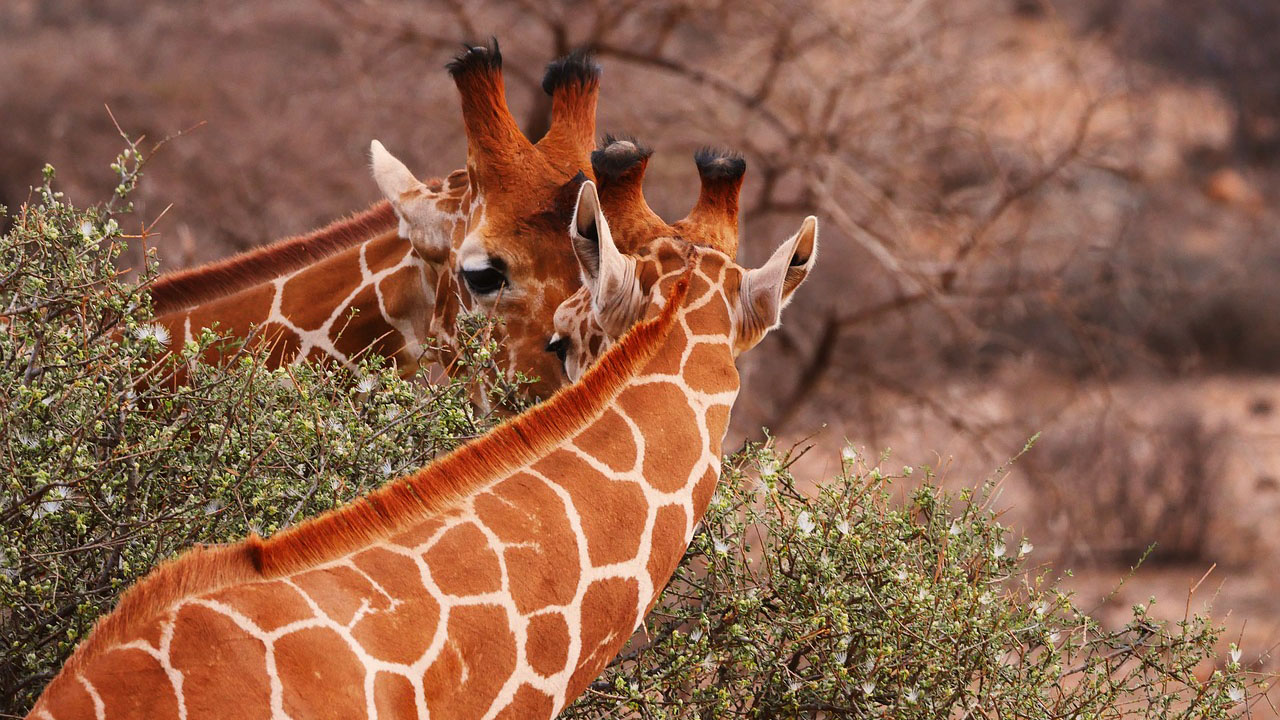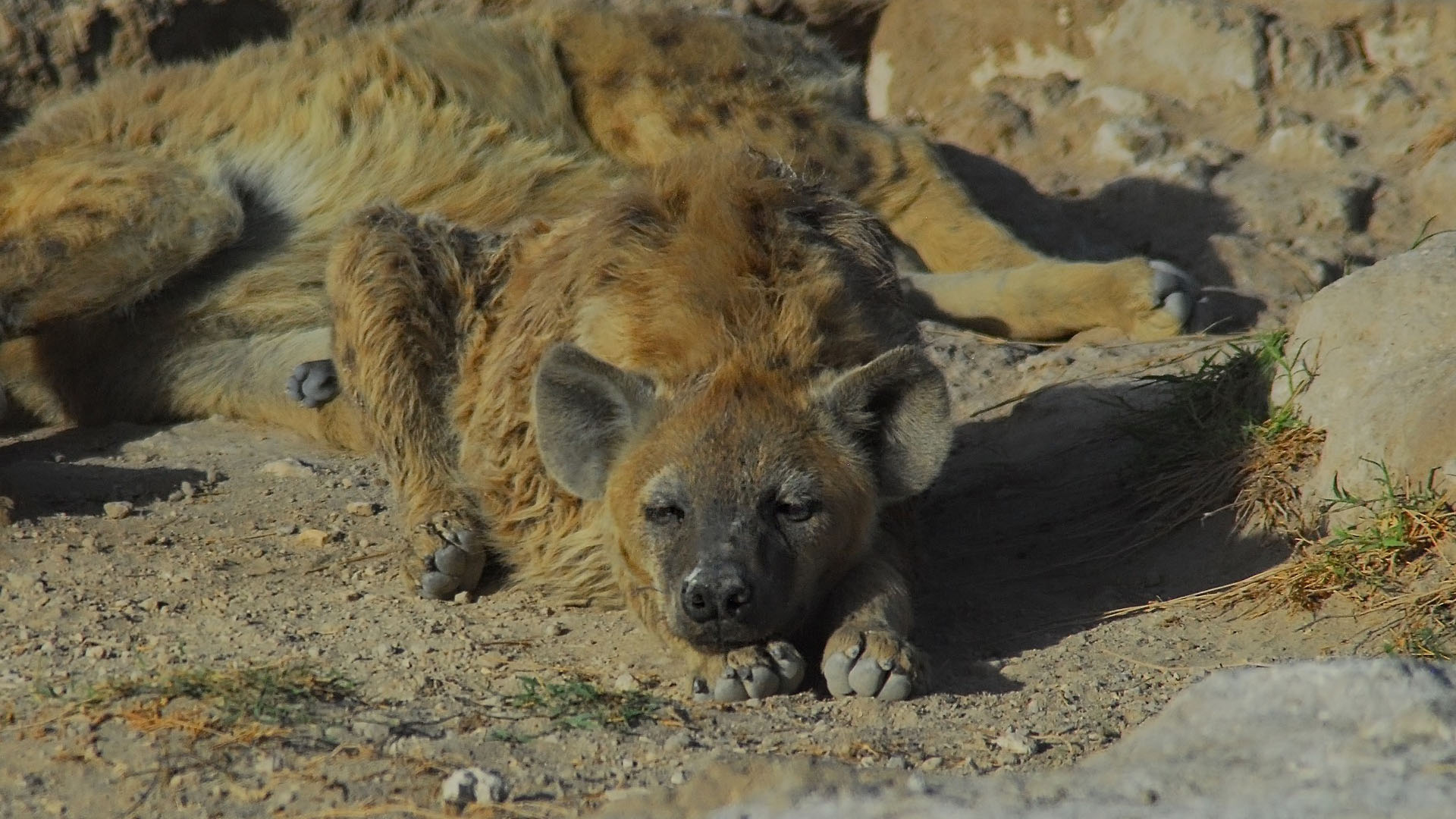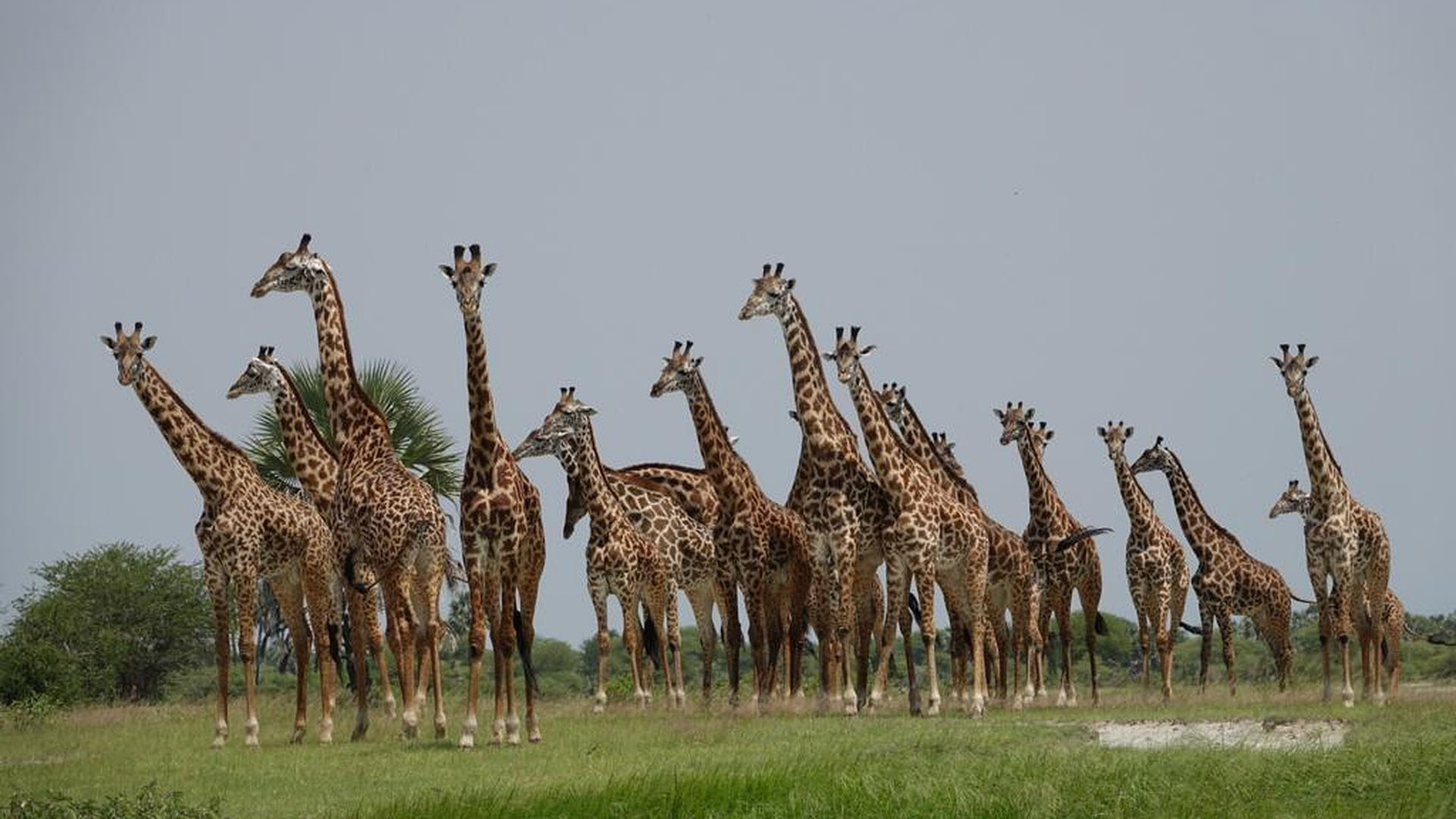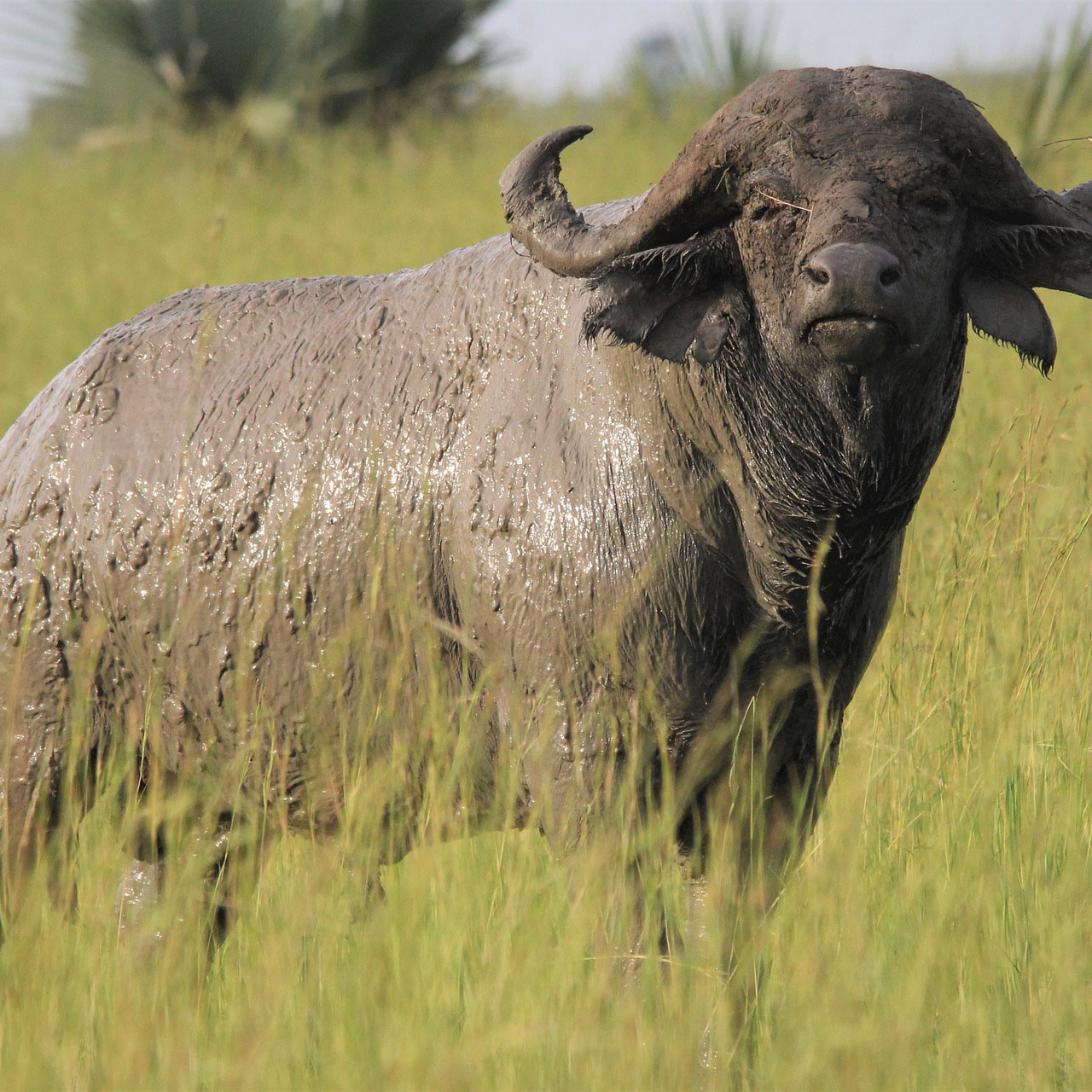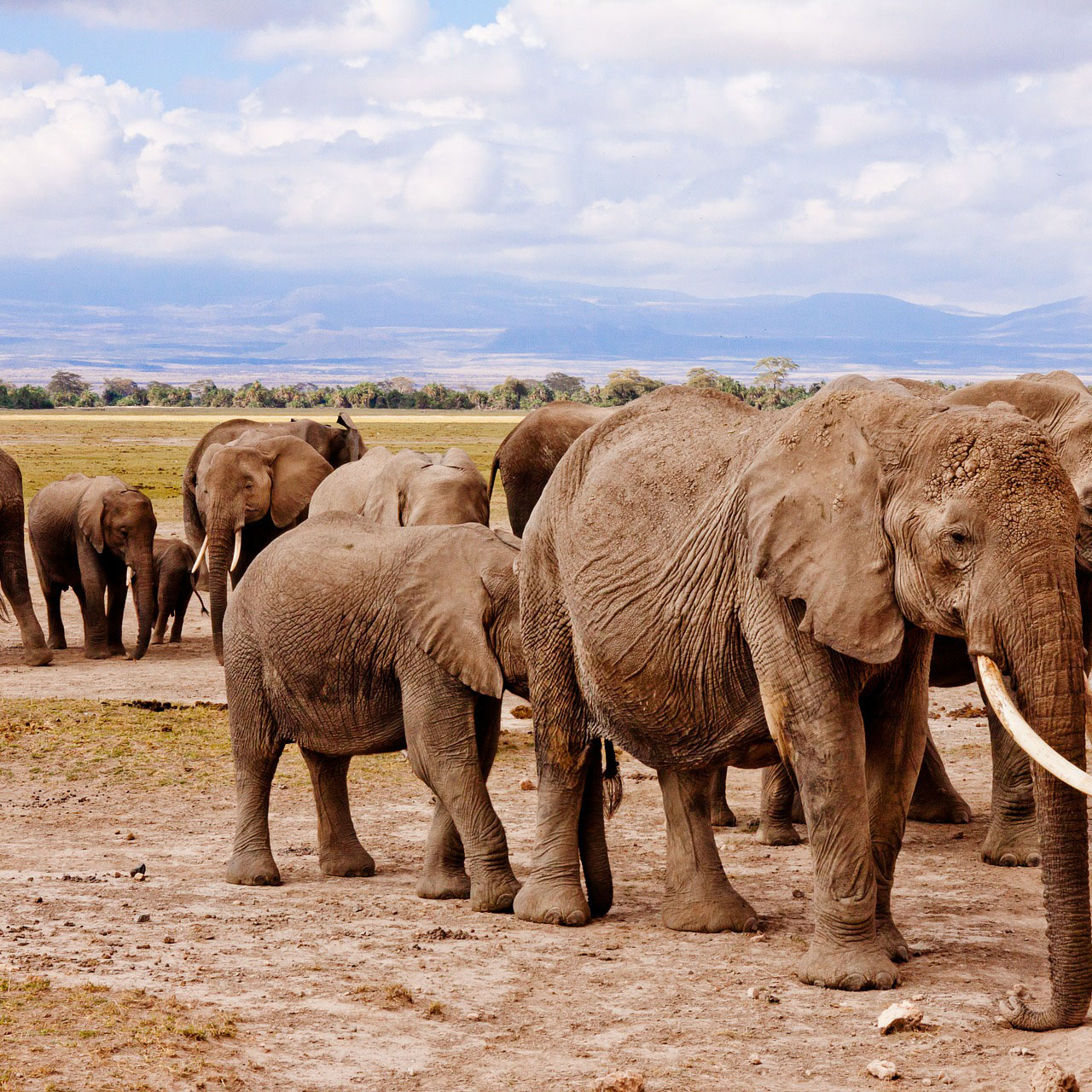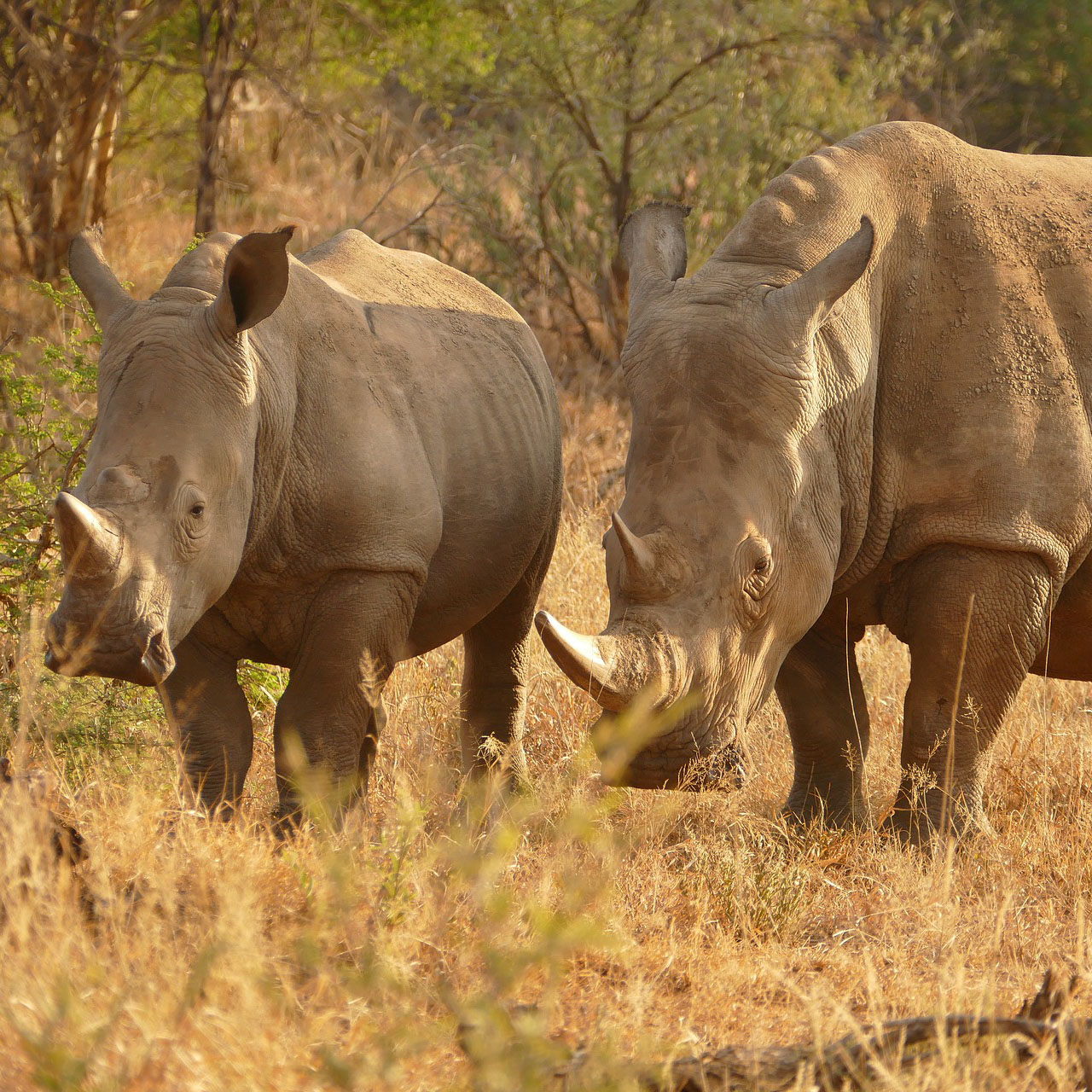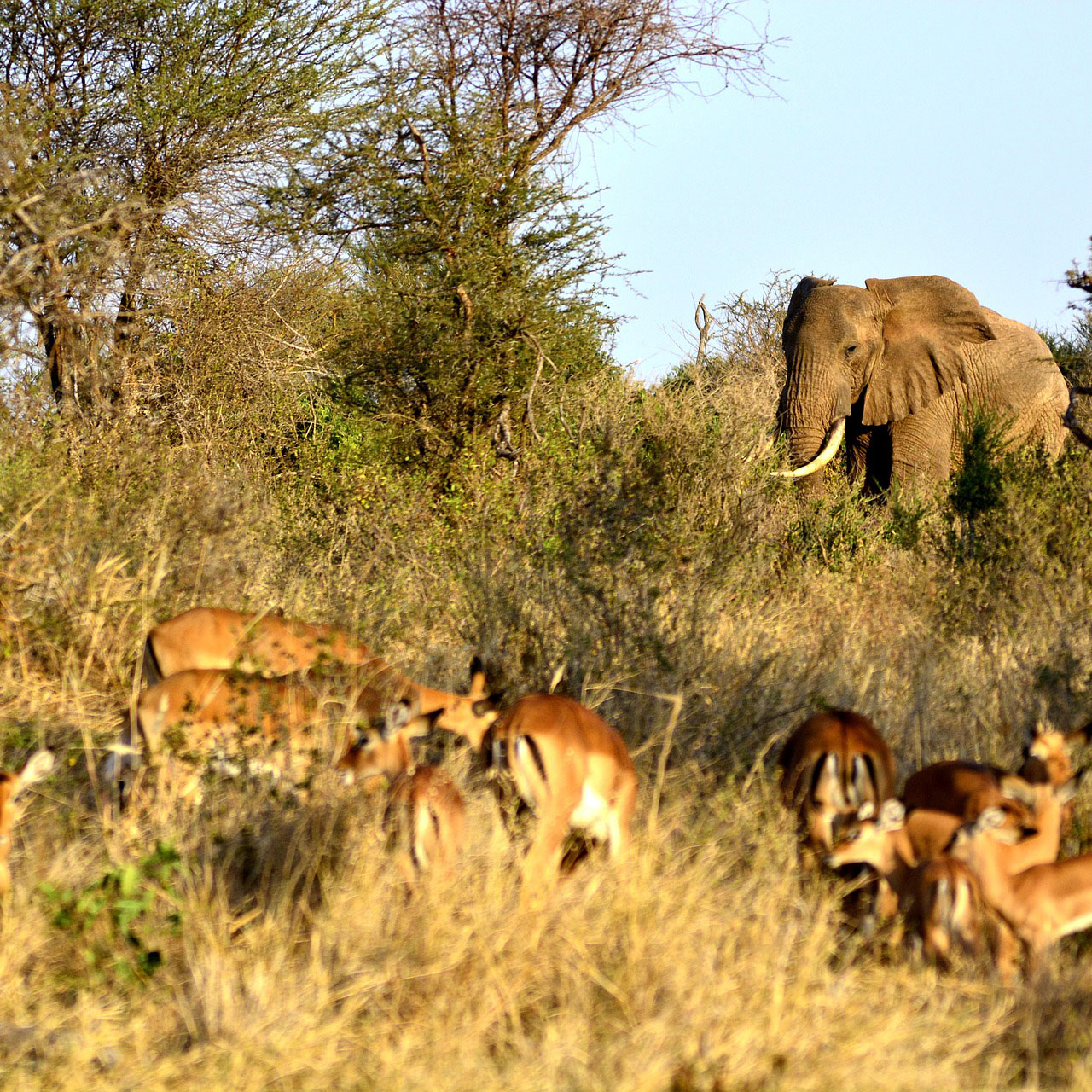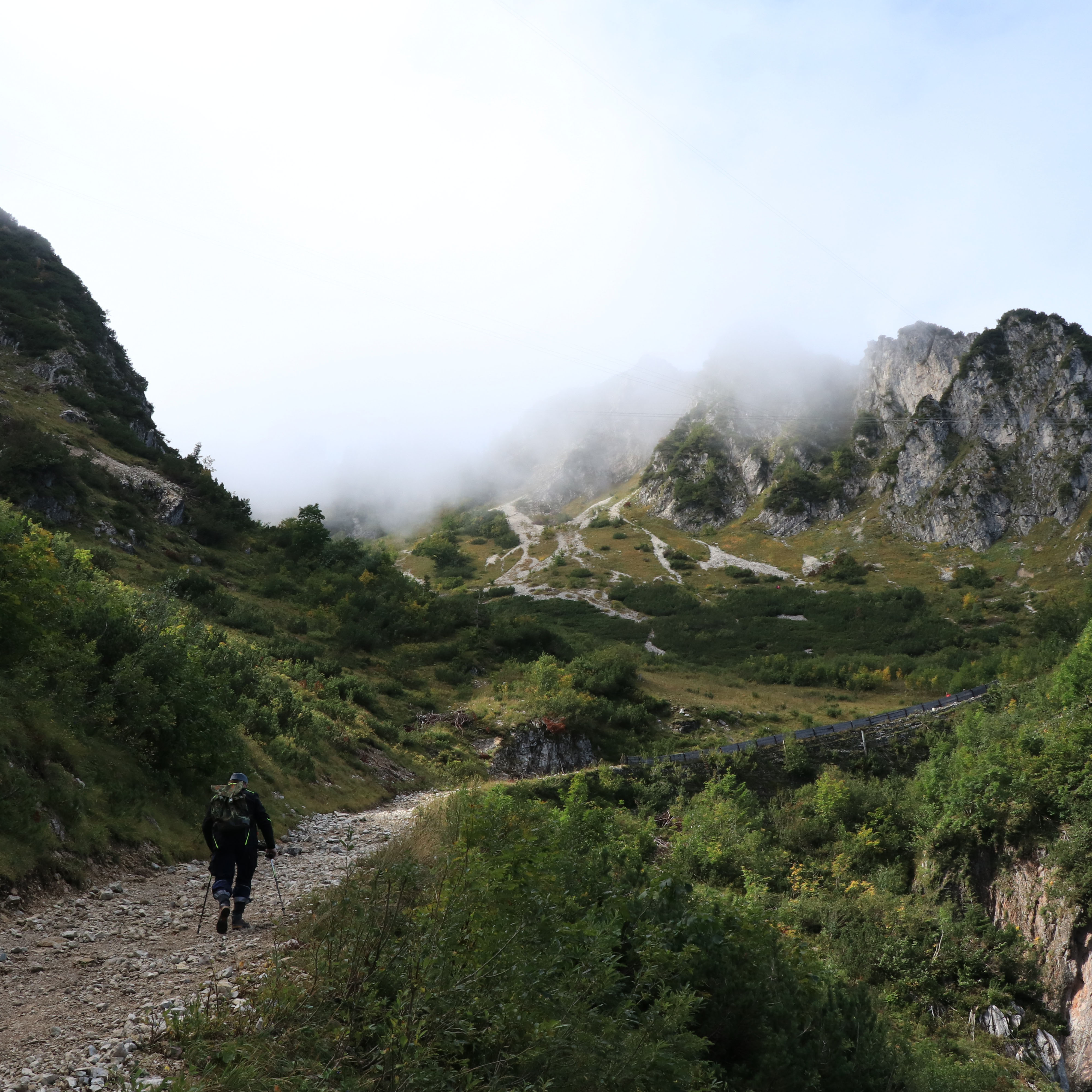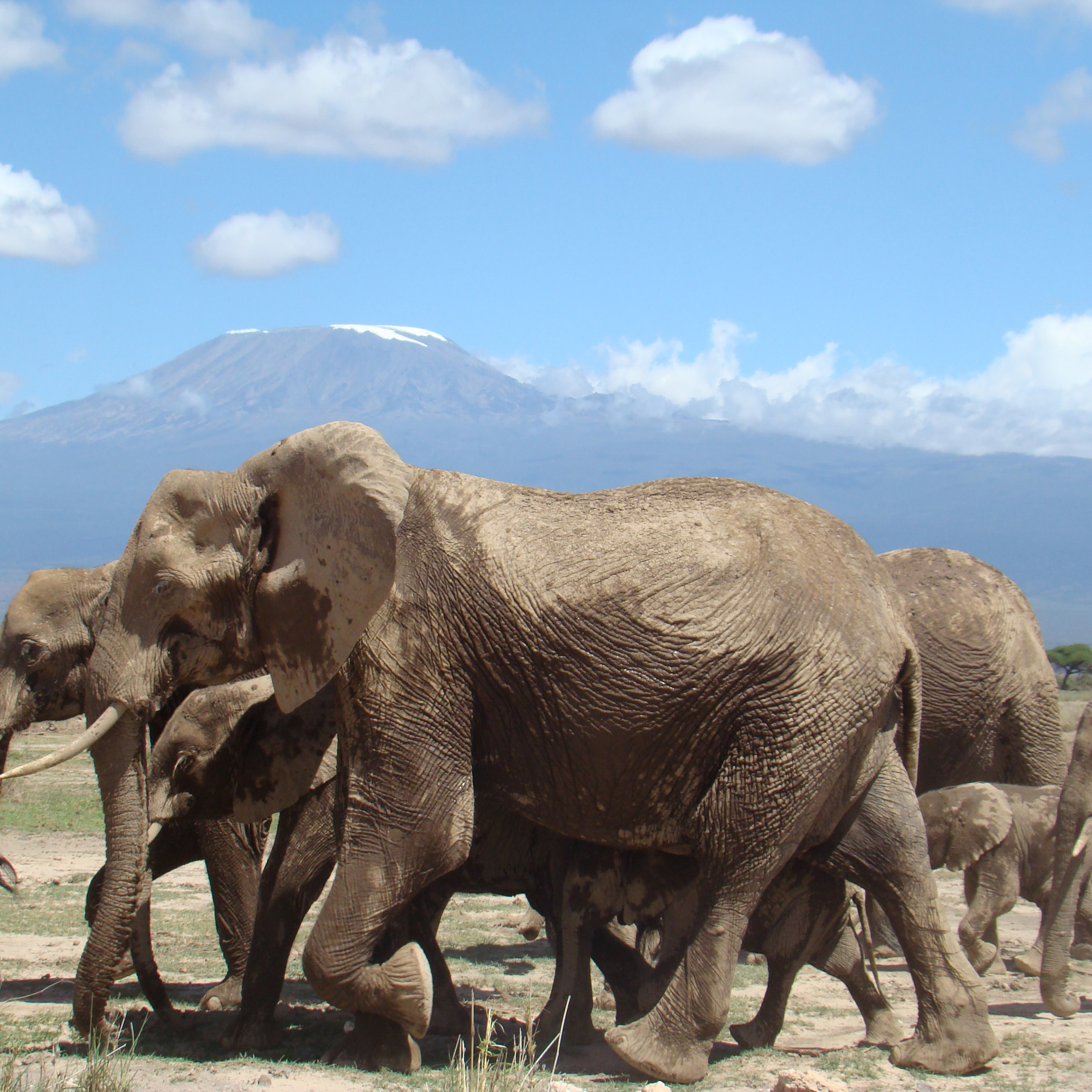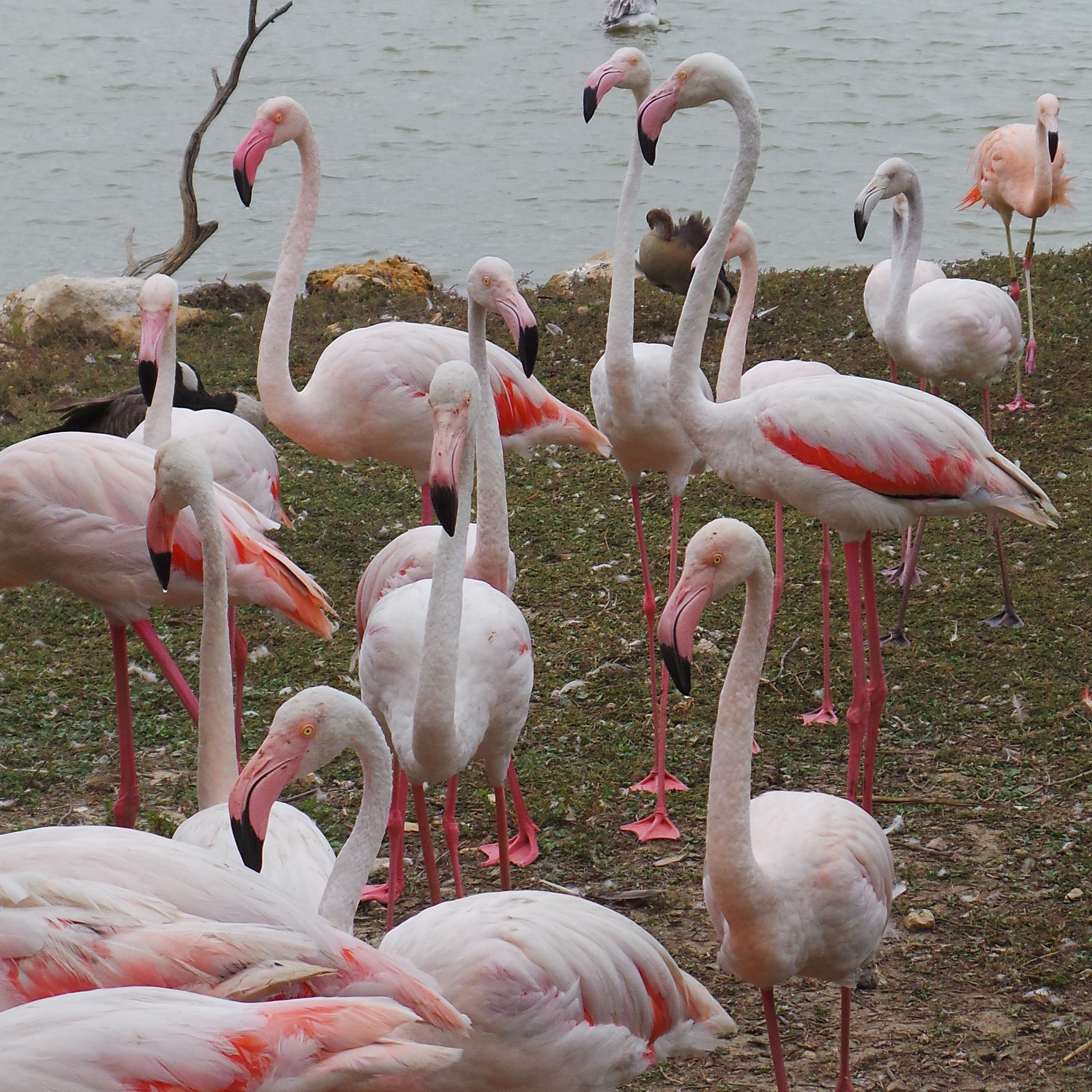The Ngorongoro Crater
The Ngorongoro Crater
Nearly three million years ago Ngorongoro towered alongside Mount Kilimanjaro as one of the highest peaks in Africa. Forged during the tumultuous birth of the Rift Valley, its volcanic top erupted at the time that ancient man first walked the plains. http://www.ngorongorocrater.org/index.html
Rifts and volcanoes shape the landscape of Ngorongoro. A rift is a disturbance in the earth crust, which causes rise or falls of its borders. Rifts also causes lava or melted rock to penetrate to the surface where it hardens. If lava emerges from the same penetration for a long period, it builds up into a volcano.
In the Ngorongoro Conservation Area, the main rifts are north of Lake Eyasi and east of Lakes Manyara and Lake Natron, where the nine volcanoes of Ngorongoro highlands were formed during the past four million years. Of these, only volcano Oldonyo Lengai is still active. The ash and dust from the eruptions was carried by the wind to form the fertile soils of the Serengeti plains.
Today, Ngorongoro's caldera shelters the most beautiful wildlife haven on earth. The rich pasture and permanent water of the Crater floor supports a resident population of some 20,000 to 25,000 large mammals. They are not confined by the Crater walls, and can leave freely; they stay because conditions are favourable.
Since most of the Crater floor is grassland, grazing animals predominate: gnu, zebra, gazelles, buffalo, eland and kongoni (Coke's hartebeest) and warthogs. The swamp and forest provide additional resources for hippos, some of Tanzania's last remaining black rhinos, giant-tusked elephants, waterbucks, reedbucks and bushbucks, baboons and vervets. The steep inner slopes provide a habitat for dikdiks and the rare mountain reedbuck.
Towering euphorbias cling to the crater walls and on the floor, Fever tree and Fig tree forests give shade to an awe-inspiring array of creatures. All these animals in turn support large predators such as Lion and Leopard, and scavengers such as Hyena and Jackals.
For the best viewing and photography, approach the animals slowly and quietly and stay on the official tracks. A sheer dirt road descends from Malanja Depression on the crater rim to the crater floor. At the top of the road, Maasai women and children allow you to photograph them for a small fee. The Malanja depression is grassy and open and is a good place to spot typical highland antelope such as mountain reedbuck and Kirks dik-dik, and birds such as the striking auger buzzard and Schalows wheatear.
The dominant feature of the crater floor is Lake Magadi, a shallow soda lake that supports large flocks of flamingo. Much of the crater floor is open grassland, making animal spotting relatively easy: black rhino, lion, hyena, gazelle, wildebeest and zebra are all commonly seen. The hippo pool near Mandusi Swamp is a popular picnic spot.
